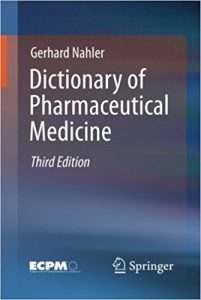Basic and Clinical Pharmacology 13 E 13th Edition


[amazon template=iframe image2&asin=0071825053]
Gain a full understanding of the basic science and clinical use of drugs with the most up-to-date and comprehensive pharmacology text in the health sciences
400 ILLUSTRATIONS–MANY IN FULL COLOR
A Doody’s Core Title for 2015!
Coverage that spans every aspect of medical pharmacology:
- Encompasses every aspect of medical pharmacology including botanicals and over-the-counter drugs
- New chapter on pharmacogenomics with important examples
- Emphasis is placed on discussion of drug groups and prototypes
- Clinically relevant, the book includes sections that specifically address the clinical choice and use of drugs in patients and the monitoring of their effects
- Full-color presentation with more than 400 illustrations
- Case studies introduce clinical problems in most chapters
- Summary tables and diagrams encapsulate important information
- Includes many new drugs
- A Generic Name/Trade Name Table appears at the end of most chapters for easy reference when writing a chart order or prescription
Organized to reflect the course sequence in many pharmacology courses and in integrated curricula, Basic & Clinical Pharmacology covers the important concepts students need to know about the science of pharmacology and its application to clinical practice. Selection of the subject matter and order of its presentation are based on the authors’ many years of experience in teaching this material to thousands of medical, pharmacy, dental, podiatry, nursing, and other health science students.


















